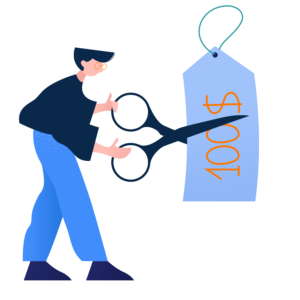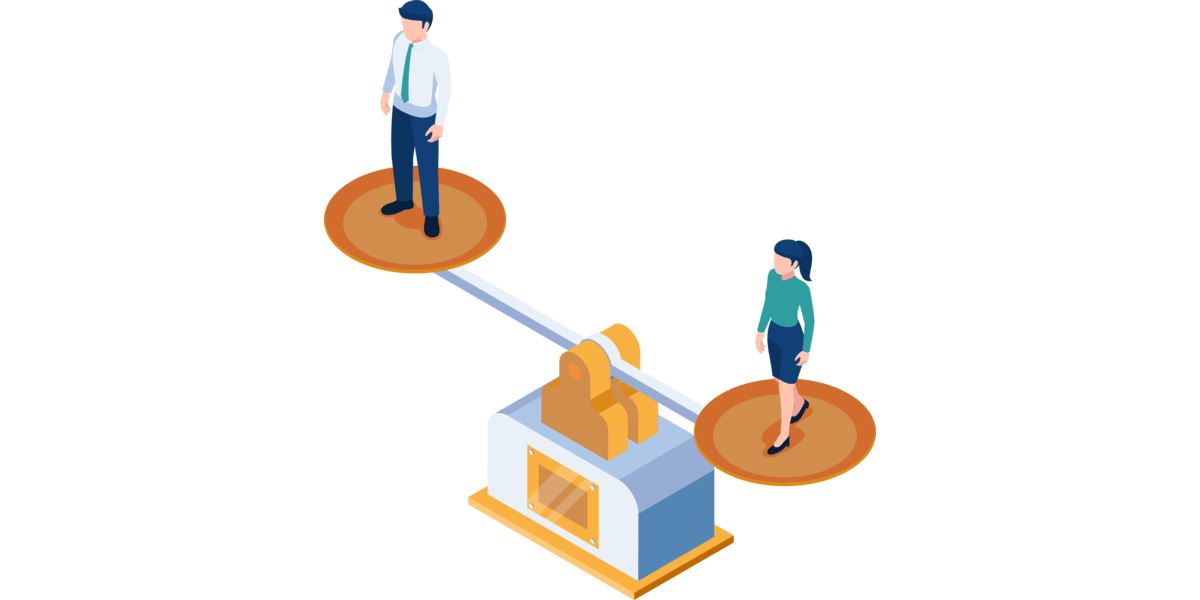What is Psychological Pricing?
Psychological pricing is a strategic technique used in sales and marketing to influence customers’ perception of a product’s price. It involves pricing a product in a way that appeals to customers’ emotional response to the price, rather than the actual value of the product. Examples of psychological pricing include pricing a product at $9.99 instead of $10.00, which creates the impression that the product is less expensive, even though the price difference is only one cent. Another example is using odd numbers in the price, such as $95 or $97, as they make the price seem lower than it actually is. Psychological pricing can be used to make a product more attractive, increase sales and revenue, and build customer loyalty.
What Are The Advantages Of Psychological Pricing?
There are several advantages of psychological pricing. Firstly, it can help to increase perceived value. For example, a product that is priced at $99 instead of $100 may seem like a better deal to consumers. Secondly, psychological pricing can help to increase demand for a product, especially when paired with effective marketing strategies. Thirdly, it can help to improve profitability by encouraging consumers to purchase products that have high profit margins. Lastly, psychological pricing can help to build brand recognition and reputation by creating a sense of consistency and reliability in pricing.
Why Price Transparency Builds Customer Trust?
Price transparency builds customer trust because it establishes an open and honest relationship between businesses and customers. When businesses are transparent about their prices and the costs that go into their products or services, customers feel confident that they are getting a fair deal. They are able to make informed decisions and are less likely to feel taken advantage of or misled.
Additionally, businesses who are transparent about their prices demonstrate a commitment to integrity and professionalism. Customers are more likely to choose and recommend businesses who are transparent in their pricing.
In today’s highly competitive market, it is essential for businesses to build and maintain customer trust. By being transparent about pricing, businesses can establish a strong reputation and attract and retain loyal customers.
Pyschological Pricing Examples
Artificial Time Constraints
Artificial time constraints are self-imposed deadlines that are created by individuals or organizations to push themselves towards achieving a specific objective or goal within a predetermined timeline. Such deadlines may be arbitrary and not necessarily tied to any external factors, but they serve as a powerful motivator to take action, focus efforts, and stay on track towards success.
Businesses use artificial time constraints as a strategy to increase productivity and efficiency, foster innovation and creativity, and create a sense of urgency and momentum towards achieving a particular goal or solving a business problem. By creating artificial deadlines, companies can motivate their employees to work with greater concentration and efficiency, prioritize tasks effectively, and achieve better results in a shorter time frame. Additionally, these deadlines can also help companies identify potential obstacles and risks earlier, thereby enabling them to make necessary adjustments and ensure success within the stipulated time frame.
Innumeracy
Businesses often use innumeracy, or a lack of understanding of numerical concepts, as a marketing strategy. One common tactic is using large numbers or vague terms to describe the success of their product or service. For example, a weight loss supplement may claim to have helped customers lose “up to 10 pounds” without specifying how many people actually achieved this result. Companies may also use percentages or statistical claims in a misleading way, such as saying their product is “90% effective” without providing details on how effectiveness was measured. Marketers often use innumeracy to offer customers a “buy one, get one free” (BOGO) deal. For example, if a product costs $10 and the BOGO deal is offered, some customers may believe that they are getting two products for the price of one, making it a great deal. However, in reality, the price has simply been halved, and purchasing one product would only cost $5.
By using innumeracy, businesses can create a perception of success or superiority without actually providing concrete evidence. Customers may be more likely to trust a company that cites impressive-sounding numbers, even if they are not truly meaningful or applicable to the product. Additionally, innumeracy can make it difficult for consumers to understand complex pricing structures or compare products, which can increase sales for the business.

Charm Pricing
Charm pricing is a marketing strategy that involves pricing a product or service just below a rounded number, typically ending with the digits “9” or “99”. For example, pricing a product at $9.99 instead of $10.00. This technique is based on the theory that consumers perceive prices ending in “9” as being significantly lower than the next highest price.
Businesses utilise charm pricing because it can increase the perceived value of a product or service and result in higher sales. Additionally, it can create a more approachable, consumer-friendly pricing structure, which can build brand trust and customer loyalty. Charm pricing can also be used to create the illusion of a sale or discount, which can attract price-sensitive consumers.
Overall, the goal of charm pricing is to create a psychological effect on consumers that encourages them to make a purchase, even if the price difference is negligible.
Flat-Rate Pricing Bias
Flat rate pricing is a pricing strategy where a fixed fee is charged for a particular service or product, regardless of the amount of time or resources needed to complete the task. This differs from other pricing strategies such as hourly rates or cost-plus pricing, where the final price is based on the time and materials used.
Customers prefer flat rate pricing because it provides them with a clear understanding of the cost upfront, making budgeting and planning easier. It also eliminates the possibility of unexpected costs or hidden fees, which can cause frustration and distrust. Additionally, flat rate pricing gives customers a sense of trust and confidence in the business, as it shows a commitment to customer satisfaction and transparency. This pricing model is commonly used in service-based industries, such as plumbing, landscaping, and website design.



